© 23e2 Business Services Inc. | Working With 3rd Parties
A Simplified Guide to Local SEO 2024
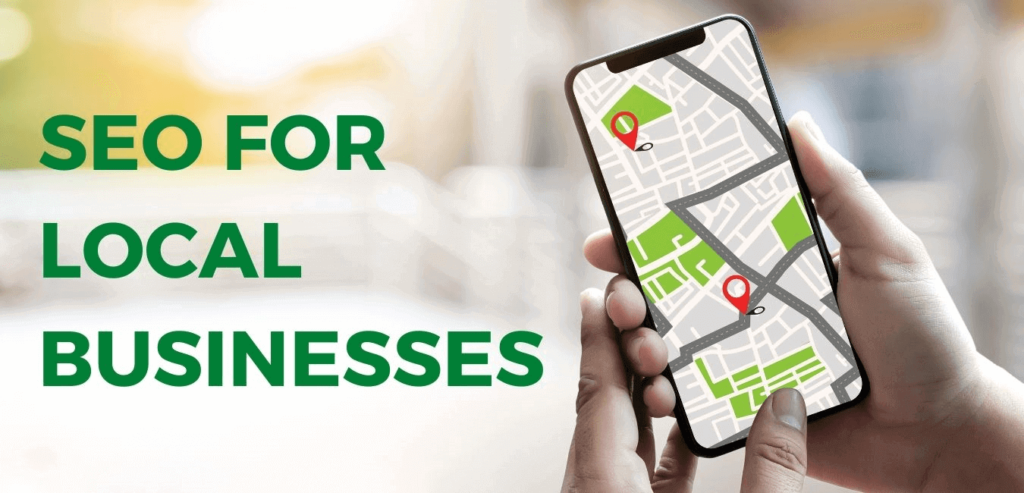
In a highly competitive digital space, standing out in search engine result pages especially if you’re a local business, can seem to be an uphill task. However, by focusing your SEO strategies on local search results, you can significantly improve your visibility and attract relevant traffic. This is where local SEO comes in.
What is local SEO?
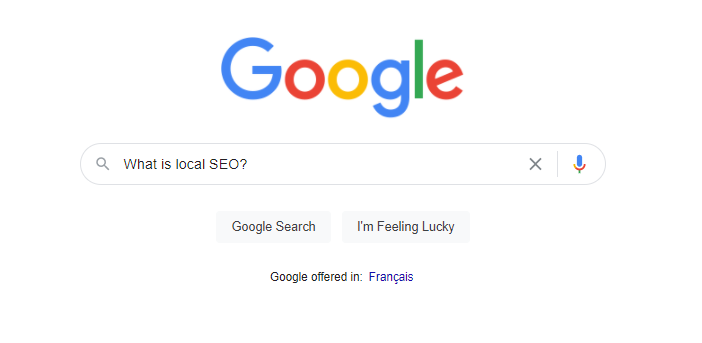
Local SEO is a search engine optimization strategy that helps businesses to increase their visibility in the local search results. This means if your business only serves a specific geographical area, by optimizing for local SEO, your business will be more likely to appear on searches for that area.
How does SEO differ from local SEO?
SEO and local SEO primarily aim at boosting your business’s visibility in search results. However, the scope of their application is what fundamentally sets these two apart, traditional SEO focuses on enhancing visibility on a global scale where you compete with businesses from across the world that resonate with your niche.
Conversely, local SEO helps you rank better in the specific geographical area you serve. It narrows down the competition to local businesses in your area. For instance, if you run a bakery in Brampton, local SEO ensures that searches like ‘best bakery in Brampton’ will pull up your business.

Key Factors in Local SEO
When optimizing for local SEO, Google evaluates three pivotal elements:
- Relevance: Do your products or services relate to what users are searching for?
- Prominence: How does your brand compare to local competition? Is it trusted or well-known?
- Proximity: How close is your business location to the searcher?
Optimizing these three elements enhances the chances of your business surfacing in local SERPs.
Why you need local SEO for your business
Local SEO offers numerous benefits including:
- Heightening your web presence by ranking higher in local search results.
- Bolstering your visibility on Google Maps through Google My Business optimization.
- Attracting more foot traffic to your physical location.
- Capturing more relevant leads who are highly likely to convert.
- Makes your business eligible for Google’s Local 3-Pack which are the most prominent results in local SERPs.
- Building trust among your audience with a robust Google My Business listing.
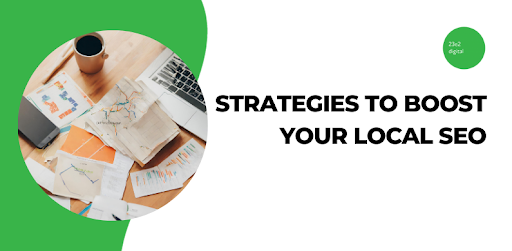
Strategies to Boost Your Local SEO
1) Building Citations
Citations are integral to local SEO and refer to mentions of your business on the internet, usually consisting of your business name, address, or phone number. To build citations, consider listing your business on popular directories frequented by your target audience, like Google My Business, Yelp, TripAdvisor etc.
By building citations, not only does it help improve your website’s rankings in the local search results, but it will also help your business be more discoverable by your audience (especially those located near the areas which you serve). If you are a restaurant, food directories such as Yelp can provide users with more information about your business such as reviews, menu, price, and times of operation to help them to make an informed decision to see if your business can meet their needs.
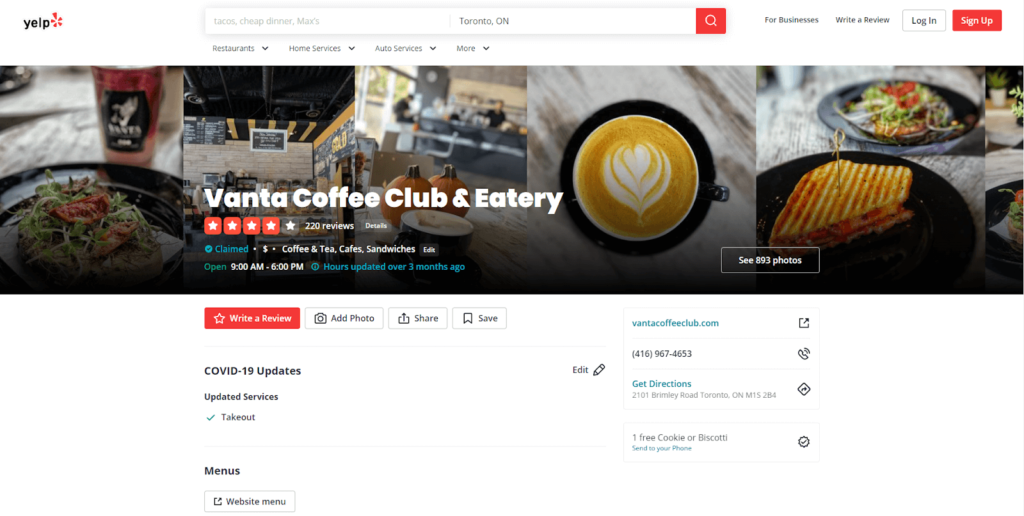
2) On-Page Optimization

Just like traditional SEO, local SEO also sets quite some store by on-page optimization. It pertains to the process of optimizing certain elements of your website to improve its SERP rankings.
Here are some on-page elements on your website you can optimize for:
- Mobile-friendliness: The number of mobile users continues to grow each day, as more and more users are searching for information on the go. This is why it’s important to make your website accessible and user-friendly for all device types.
- Load speed: The attention span of users who are looking for quick information is limited. Most users expect instant access to information. So if your website cannot deliver information quickly, then you run the risk of high bounce rates which can negatively impact your rankings.
- Metadata and Alt-text: You want to provide descriptive information about your page to help both users and search engines understand what your page is about before they click on it.
- Content: By providing unique and valuable content for your visitors, they are more likely to trust your website and convert into recurring visitors which helps significantly in boosting your search result rankings.
- Include Keywords: You need to be constantly researching new keywords that your target audience is using to find your business. Use your targeted keywords naturally throughout your website.
On-page optimization is an ongoing process as the requirements by Google are constantly changing. By consistently improving your website over time, you will be able to see not only increased rankings but also higher conversions and brand loyalty.
3) Google My Business
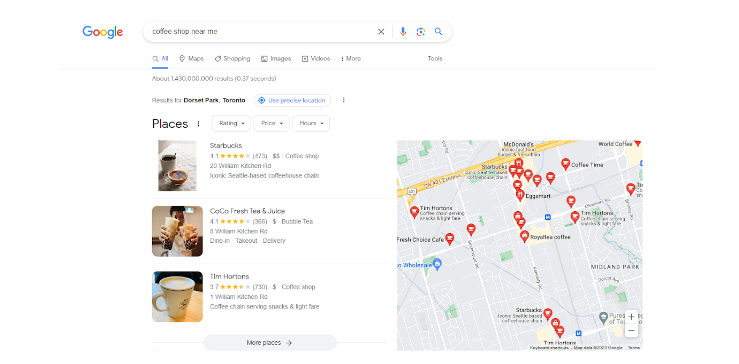
Having an optimized Google My Business profile significantly enhances your local SEO performance. It facilitates increased visibility in local search results and Google Maps. It’s imperative that your business information is accurate, complete, engaging and regularly updated on your Google My Business profile.
Here are some ways a Google My Business profile can help your business:
- Manage your information: Have all the key information about your business (name, address, phone number, hours of operations, etc) in one place to provide easy access for users searching for your business.
- Get customer feedback: You can receive and respond to customers’ reviews about your business. This is a great way to understand what’s working and what needs improvement.
- Improve your local ranking: Having a Google My Business profile can significantly boost your visibility in the local search results and Google Maps.
The first step to increasing your business’s local ranking is to claim and update your business information on Google My Business while making sure that the information is accurate, complete, and engaging.
4) Local Link Building
To improve the ‘prominence’ element in local SEO, you need to build high-quality links pointing back to your website. Start by creating a localized landing page that generates quality traffic from local search results. You can also leverage local press and directories, and collaborate with related businesses in your local area to earn high-quality backlinks.
Understanding Google's 2023 Updates
Understanding E-A-T and its Importance in Local SEO
E-A-T stands for Expertise, Authority, and Trustworthiness. Google’s search quality rating guidelines emphasize that webpages need to showcase a high level of E-A-T to rank well. For local SEO, this translates into ensuring your content is written by experts, your website is regarded as an authoritative source, and that the information you provide is trusted by users and other businesses.
For instance, having a blog where you regularly share expert advice or updates about your business sector can improve your E-A-T. Similarly, highlighting qualifications, experience, and professional affiliations can support your efforts too.
YMYL (Your Money or Your Life) Principles
Google holds webpages to the highest standards if they can affect a user’s future happiness, health, stability, or safety. Known as Your Money or Your Life (YMYL) pages, businesses that fall under this category need to focus heavily on quality, accuracy, and E-A-T principles. For local businesses, this often pertains to healthcare providers, financial institutions, and legal advisors.
For local SEO, this means any claims or advice you make should be accurate, well-cited, and not misleading. You should have clear, accessible customer service information, a secure website, and positive, genuine reviews.
Google’s Page Experience Update
Google’s Page Experience Update is designed to factor a website’s overall user experience into its ranking algorithm. Aspects like mobile-friendliness, load times, interactivity, and visual stability form part of this update.
To optimize for this, ensure your website is mobile-friendly since most local searches happen on mobile. Your website should also load quickly (preferably within three seconds), be interactive (buttons and links should be responsive), and provide a visually stable experience (avoid unexpected layout shifts).
Google Core Web Vitals
Google’s Core Web Vitals are specific factors considered important in your webpage’s overall user experience. They measure usability aspects like the speed of loading, interactivity, and stability of content as it loads (preventing annoying layout shifts).
In optimizing Core Web Vitals, ensure your Local SEO Strategy incorporates tactics to reduce Largest Contentful Paint (LCP) – the time it takes for a page’s main content to load. First Input Delay (FID) – the time it takes for a page to become interactive, and Cumulative Layout Shift (CLS) – measuring visual stability, should also be factored in.
Wrapping Up
Optimizing your business for local search is a potent strategy to gain visibility, improve customer engagement, and ultimately spur business growth. Get started with the strategies detailed above and bring your business to the digital spotlight. Connect with us if you have questions or need help with local SEO. Together, let’s unleash the true potential of your business.
Final Thoughts
Now that you’ve made it to the end, you should have a pretty good understanding of how local SEO works. You are now one step closer to your goal of appearing at the top of the local SERP. Start your local SEO journey today by applying some of the tips discussed in this article.
FAQs About SEO
Four Important Stages in SEO:
- Keyword Research: Identifying target search terms.
- On-page SEO: Enhancing webpages for higher ranking.
- Off-page SEO: Promoting websites externally.
- Measurement & Reporting: Tracking SEO performance.
Three Main Areas of SEO:
- Technical SEO: Fine-tuning website structure for search bots.
- On-page SEO: Refining content and HTML of pages.
- Off-page SEO: Building website’s reputation via links.
SEO Checklist is a set of optimization tasks for improving visibility on search engines, encompassing keyword, on-page, off-page, and technical SEO.
A Good SEO Strategy is a plan to increase search rankings through research, content, on-page optimizations, backlinks, and analytics.

